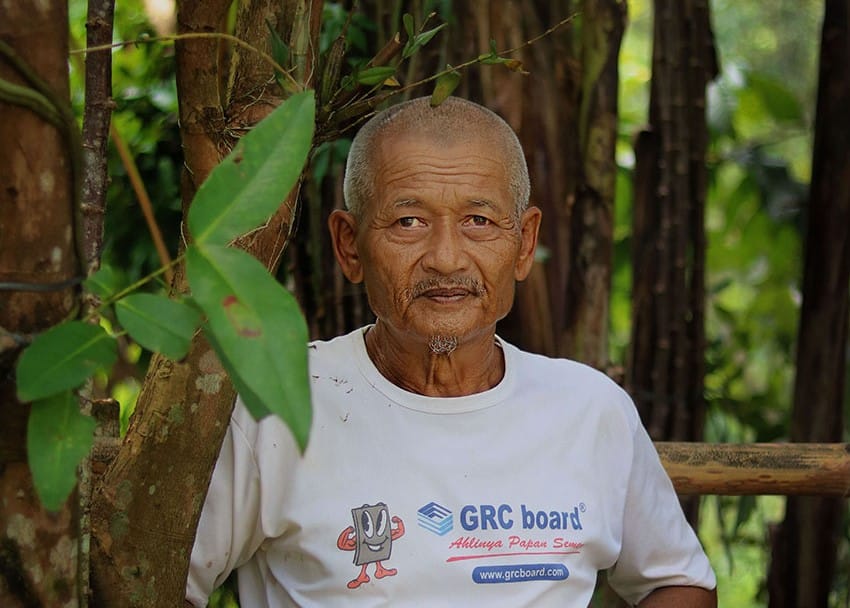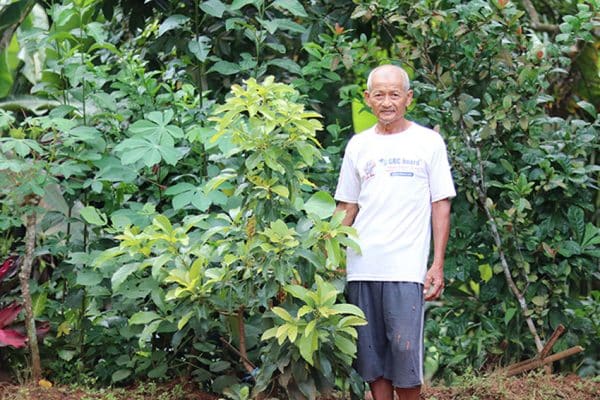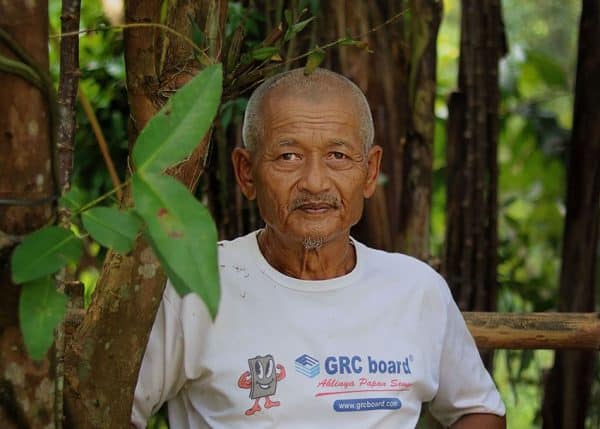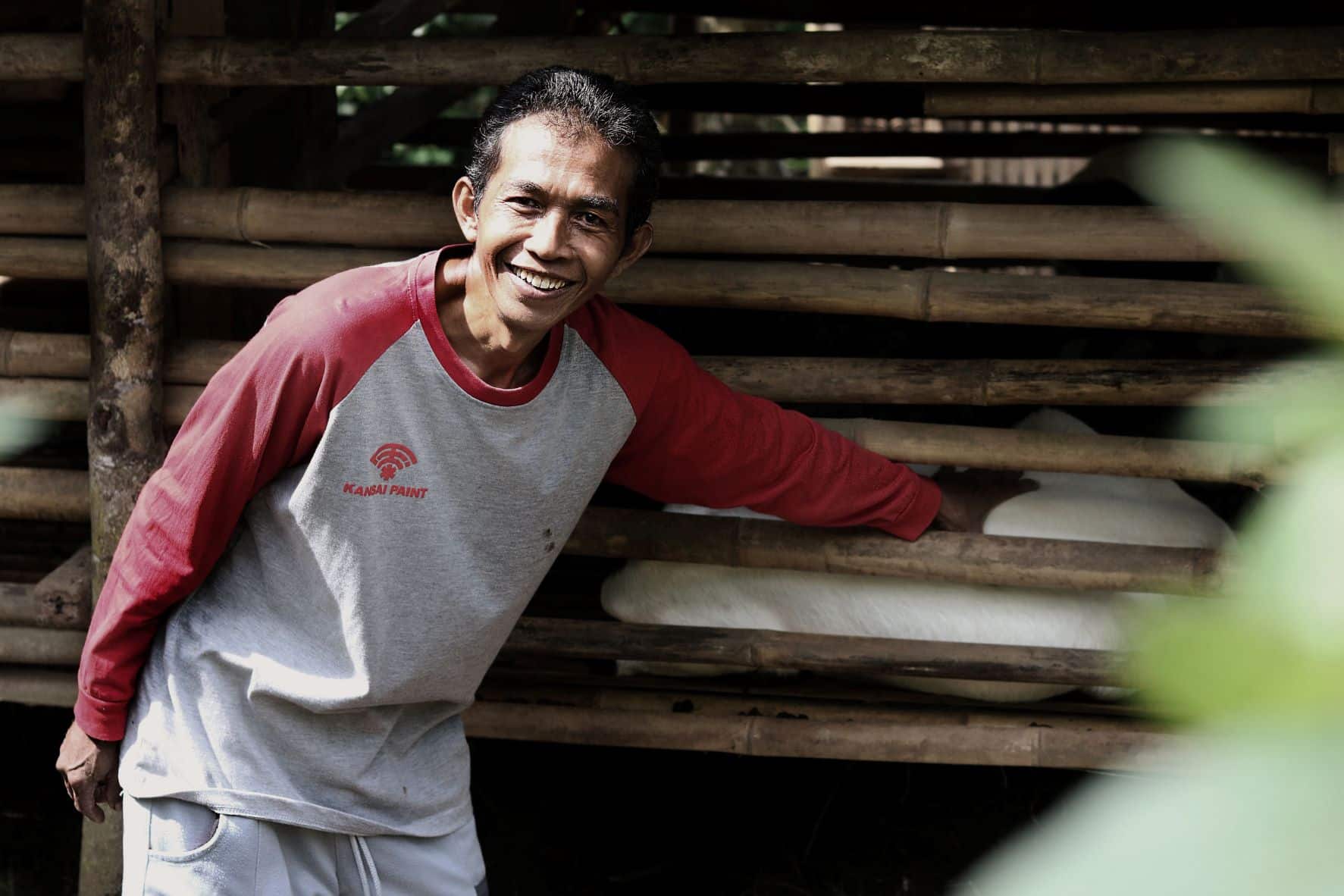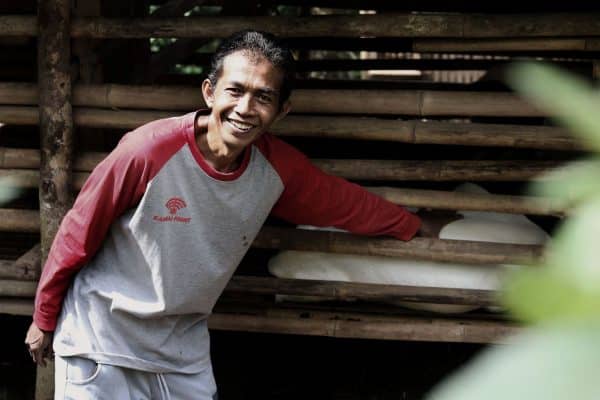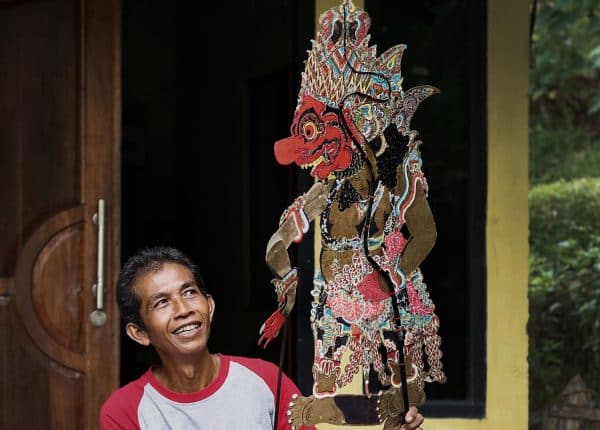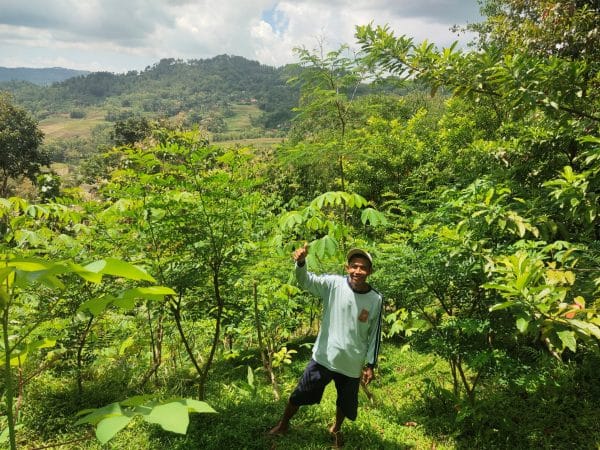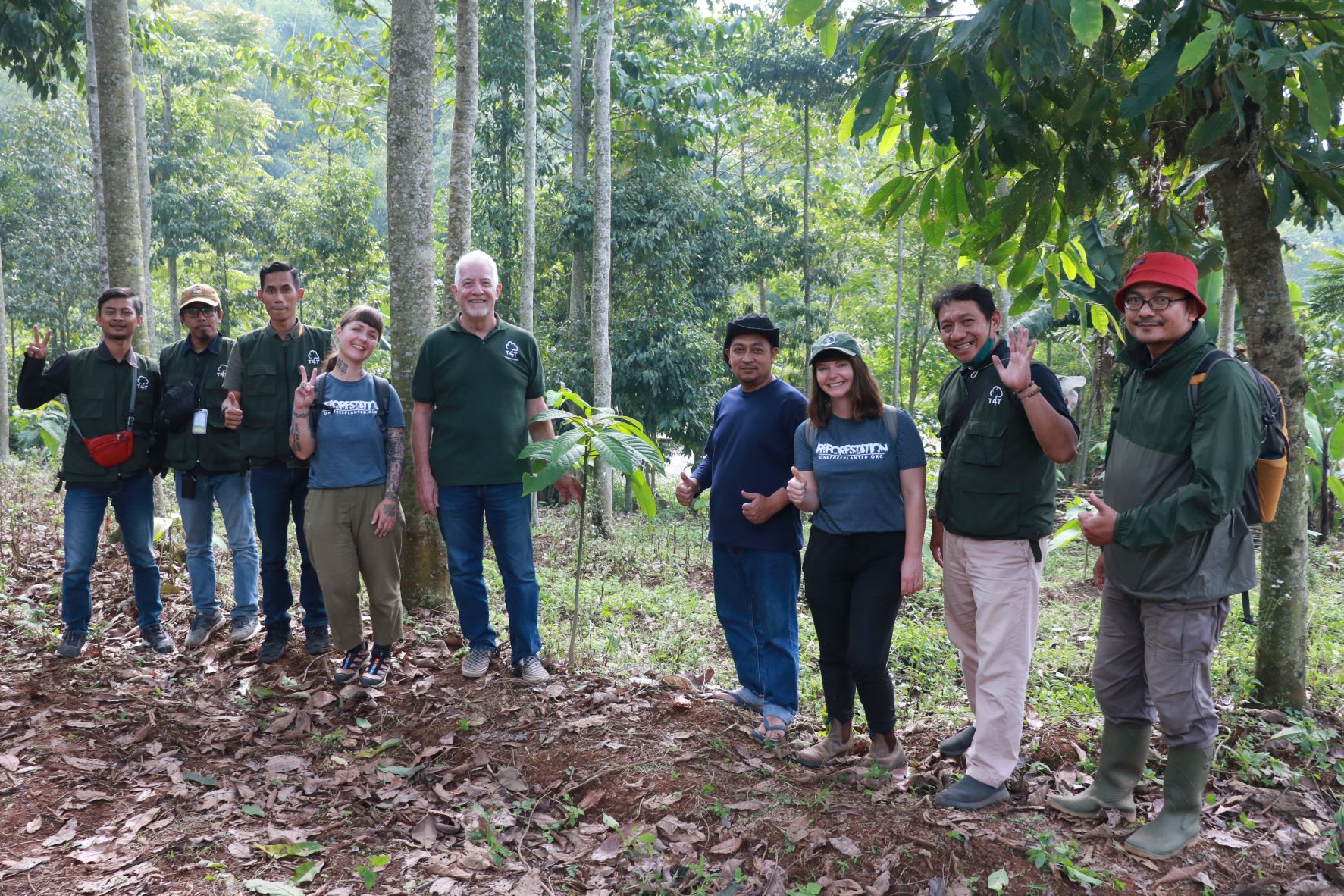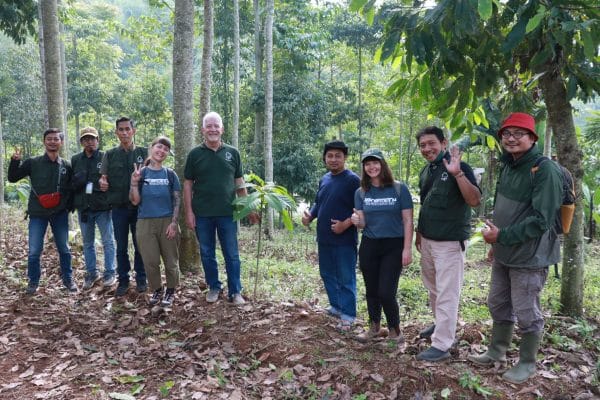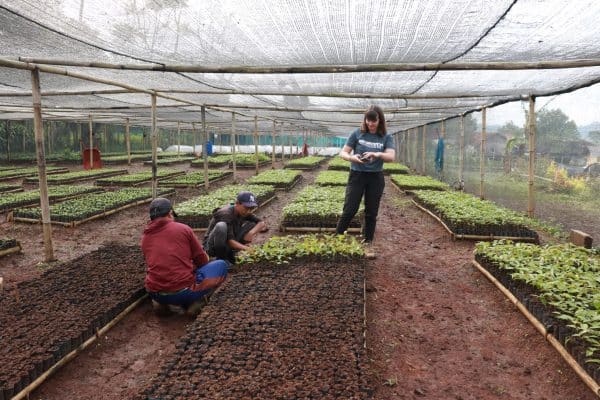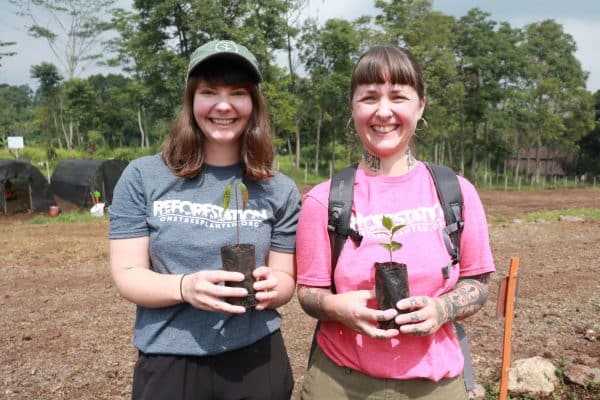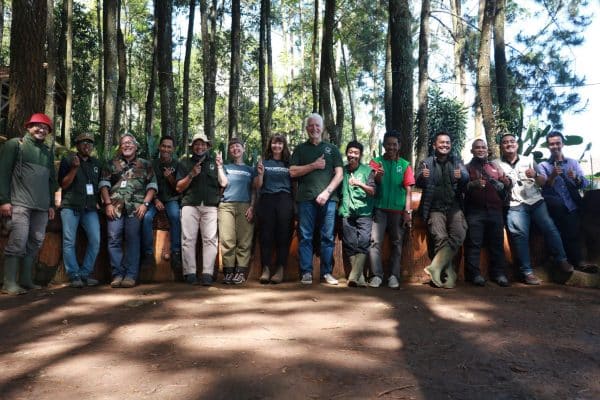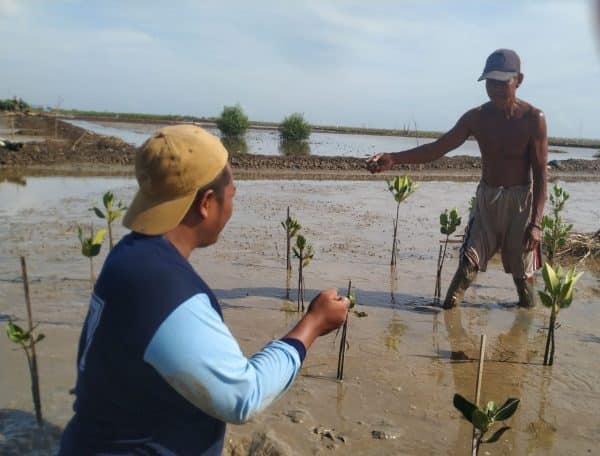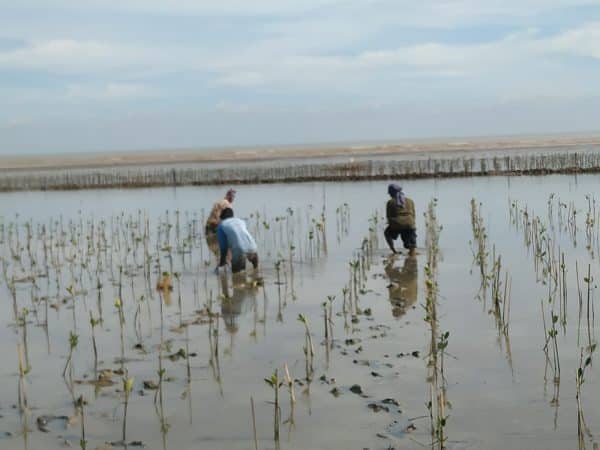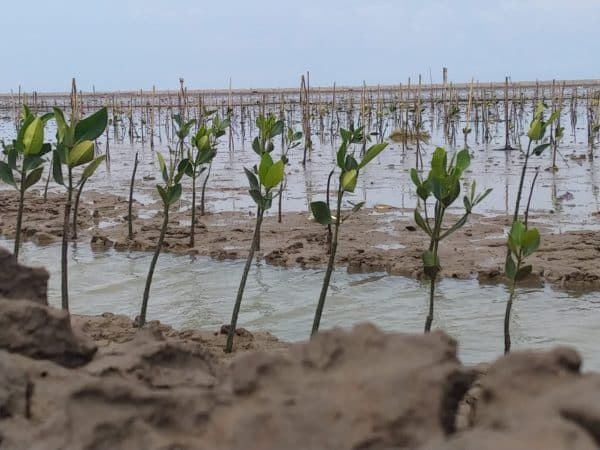Planting One Hundred Trees with Students and Villagers in Kalibeji Village
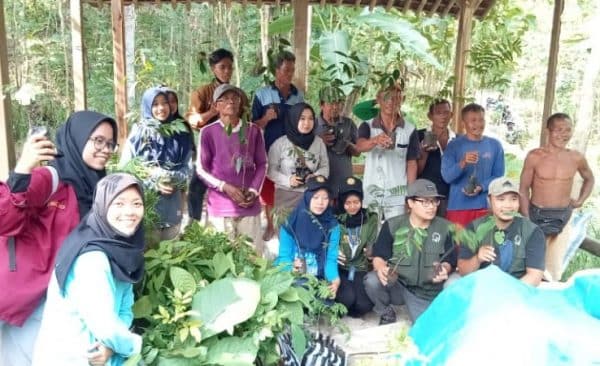
Trees4Trees Kebumen area collaborated with Soedirman University students in a tree planting activity last July 30, 2022. This tree planting activity was conducted in Kalibeji Village. It is located in Sempor District, Kebumen Regency. This activity did not only involve Soedirman University students who were undergoing Kuliah Kerja Nyata (KKN) program or Community Service Program, but also villagers of Kalibeji Village.
One thousand trees in total were planted on an area of 5.000 m2 owned by villagers. The planting location was determined due to the area lack of trees cover. Villagers of Kalibeji hoped that by planting more trees, the environment around the area would be greener, lusher, and denser.
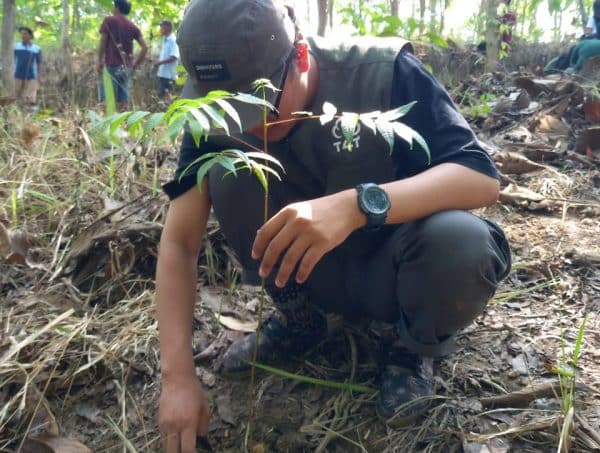
This activity itself was one of the real actions that aimed to educate communities about the importance of environmental restoration. It is also expected to contribute to improving the livelihoods of villagers in the future through the results from trees planted.
After planting, periodic monitoring will be carried out to ensure trees can survive and grow well. Meanwhile, the results from these trees later can be harvested by villagers and can be used to meet their needs.
The types of trees planted in the activity included 500 suren trees (toona sureni), 90 teak trees, 100 durian trees, 190 kelengkeng trees (longan), 80 petai trees (bitter beans), and 40 duku trees.
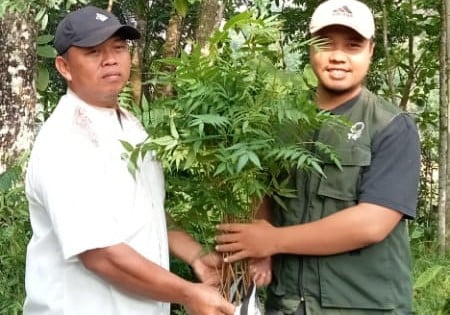
“All trees planted came from the Trees4Trees Kebumen nursery and were given away free of charge. The trees are planted on villagers’ lands that lacked tree cover. We initiated this activity with Soedirman University students who were undergoing the KKN program (Community Service Program) because their program has the same vision and mission as what we do which aimed at reforestation and supporting villagers. That is why we agreed to collaborate with each other to conduct this tree planting activity,” said Faris Ardika, Unit Manager of Trees4Trees Kebumen area.
It is also hoped that by conducting tree planting activity which involved various levels of society from students to villagers, it will emerge more awareness and initiative to wider communities to do tree replanting on critical lands.
Author: V. Arnila Wulandani


